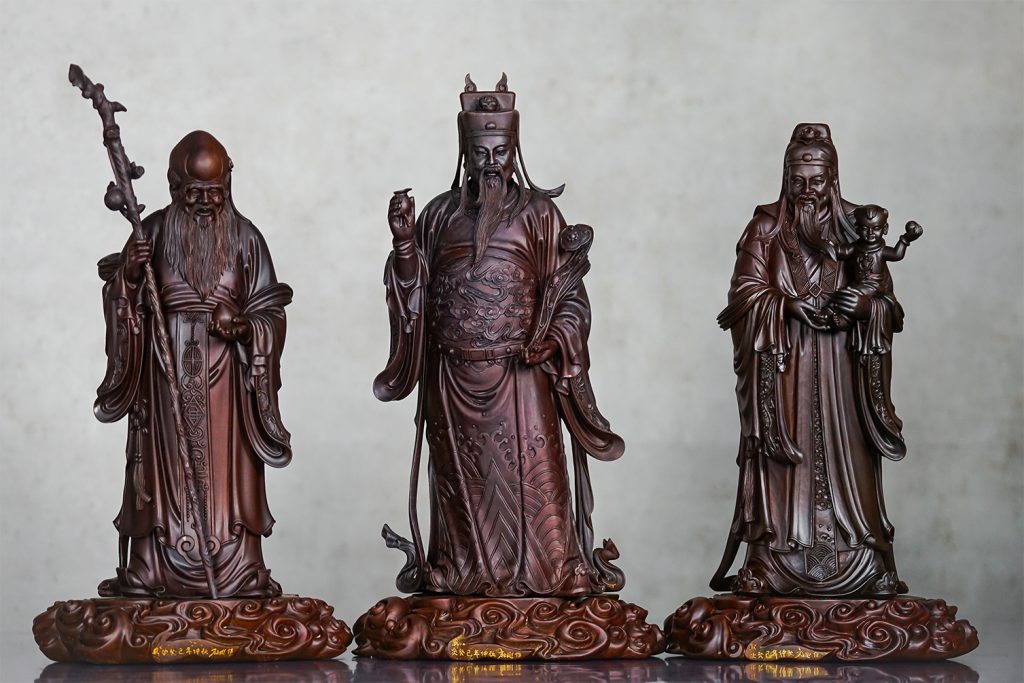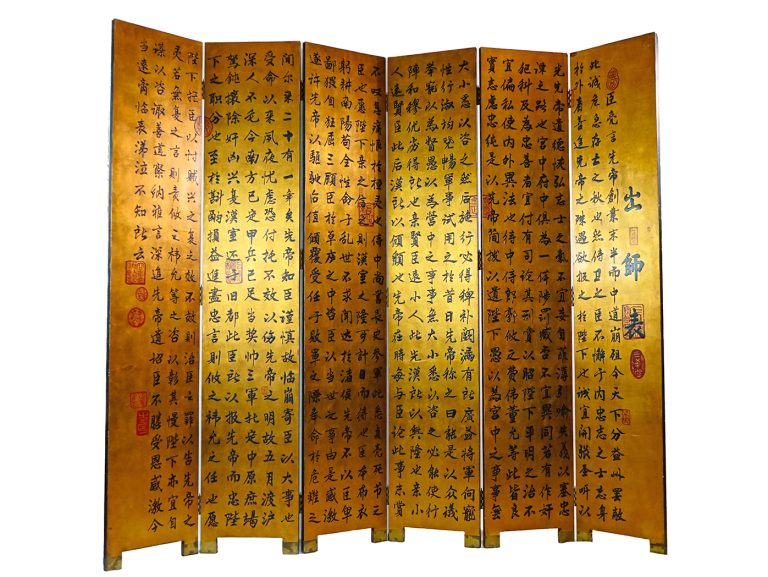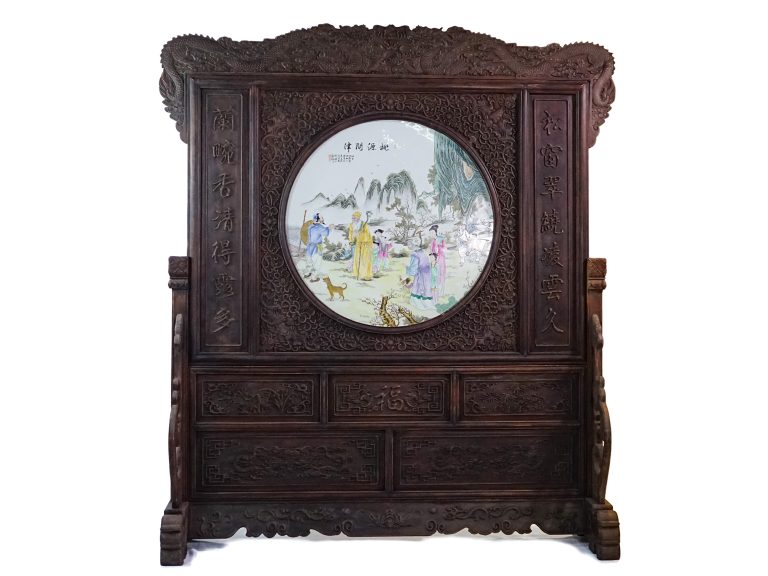

“Fu, Lu, Shou” is the core auspicious cultural concept of the Chinese nation, reflecting the desire of the Han nation for a better life. These three characters represent the incarnation of gods and are also very beautiful phonetic symbols in Chinese characters. “Fu”, “Lu” and “Shou” were originally old gods who managed their own affairs, bringing luck with different functions to the people. Later, the Ming Dynasty society gradually entered a stable and prosperous society. The upper class concentrated on offering sacrifices and has since become a popular combination of the Trinity.
Fulu Shou symbolizes wealth, merit, and longevity, respectively. In popular carving and painting art, they are arranged in the order of Shouxing, Lu Xing, and Fuxing. The image of Fu Xing is generally an Emeng Band, holding Ruyi or children in his hand, implying that heavenly officials are blessed; Lu Xing is dressed as officials, holding Ruyi all year round, indicating that the senior official Hou Lu; the old man is the most close to the people. The image of holding Shou Tao has a long life.
“Fu” is the most beautiful chronicity. In the Chinese circle, the people’s desire for the smooth life of the people will often have blessings such as Donghai, Fu Xing Gao Zhao, Hongfu Qitian, Bai Fu Da Zhen, and other wishes. “Lu” represents the name and wealth, reflects the people’s longing and pursuit of the cause, and fulfills the ambitions of fame and fortune, the title of the gold list, the fingers of the corporation, and the immediately sealed Hou. “Shou” is the most instinctual pursuit of life in the world, blessing for longevity.
China has always had the saying “six blessings”, namely: fame, profit, health, longevity, good death, and many children. Here, Fu Xing is in charge of “Li”, Lu Xing is in charge of “name” and “multi -sons and grandson”, and Shouxing is in charge of “health”, “longevity” and “good end”.

 Enquire
Enquire



